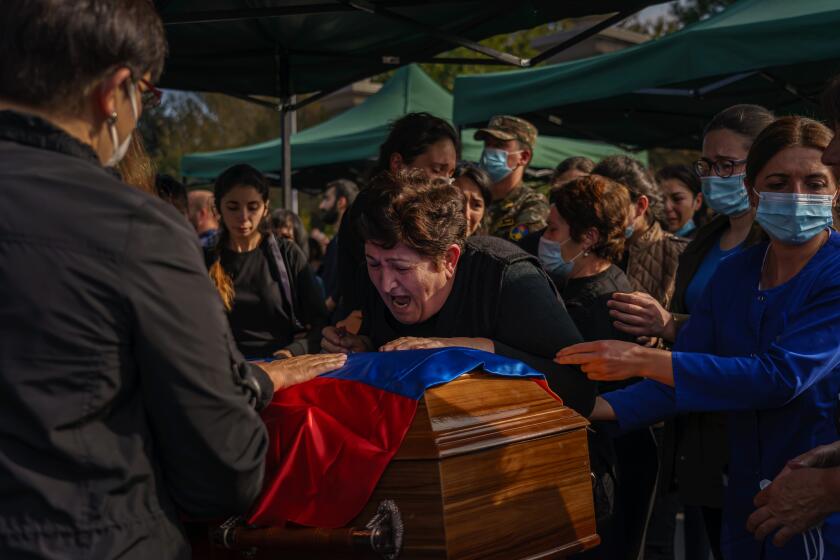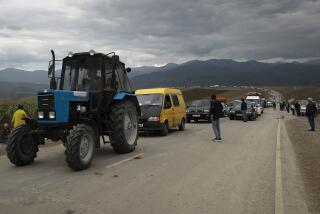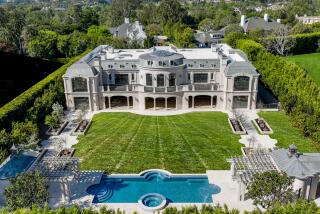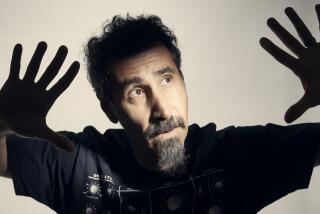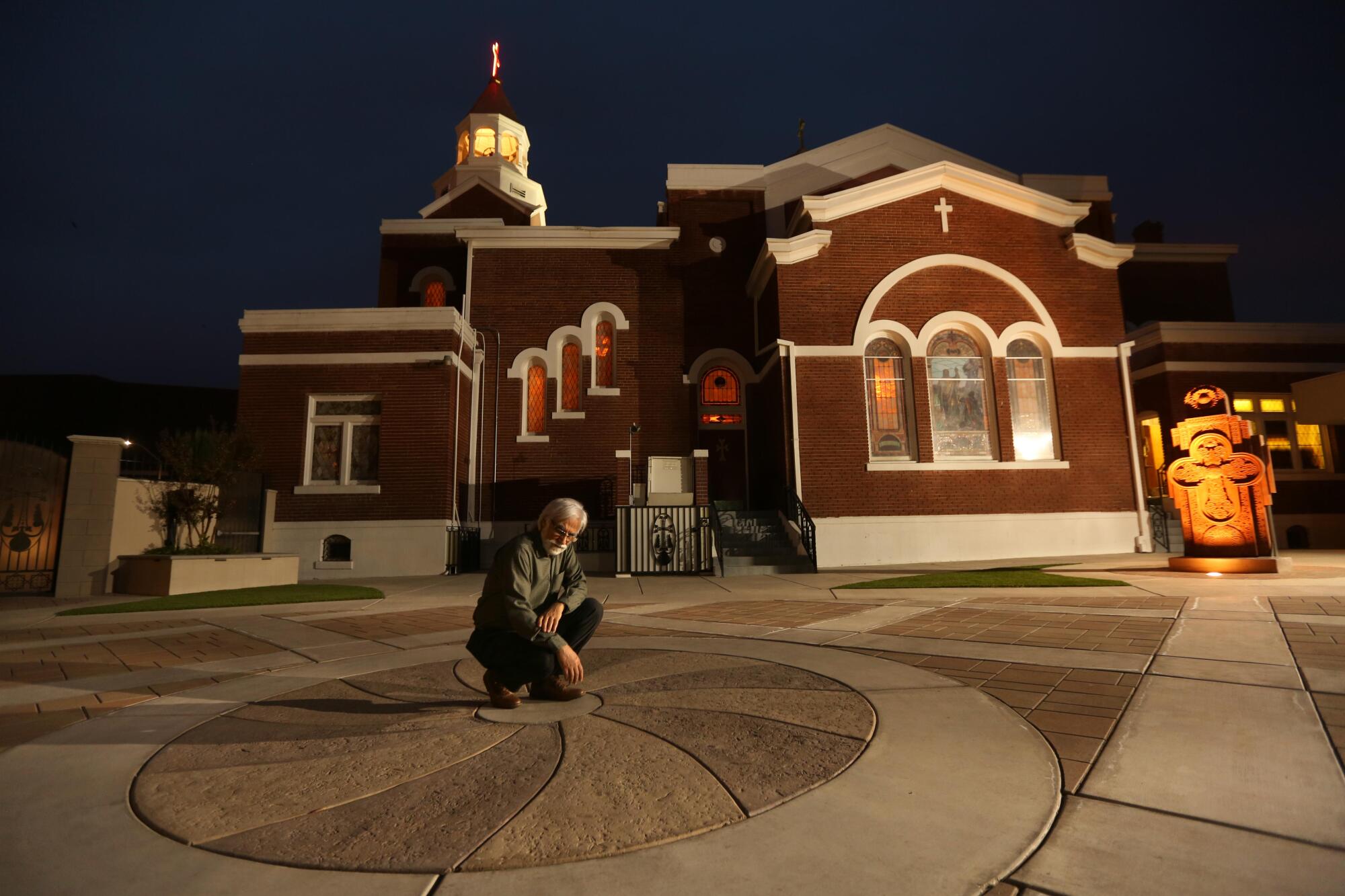
FRESNO — Persimmons were drying in the kitchen and a bowl of cracked walnuts sat on the table on this November day. Clara Margossian, 102, wore her favorite scarf tied around her head, knotted beneath her chin. The one she saves for company.
In the house she had built on old fig orchard land 40 years ago, she asked her caretakers, Nunufar Khalatian and Margo Ellison, to fetch a box of the See’s candy kept on hand for all occasions. But then she noticed the women, both Armenian immigrants, checking their phones, trying to hide tears.
“What happened?” Margossian asked, going suddenly still. “Is it the war?”
Six weeks earlier, as fighting escalated between Azerbaijan and Armenia over Nagorno-Karabakh, an enclave of antiquity and beauty in the Caucasus Mountains, Khalatian and Ellison had been too shocked to hide their emotions. They cried. They discussed how much money they were going to send to the Armenia Fund, a Los Angeles-based humanitarian relief organization. Khalatian sent $1,000. Ellison came up with $700. For both it was a sacrifice.
Margossian said she wanted to help too. No one in her family had ever been known for giving away money. But Margossian, the last of her clan and with no living relatives, told the church deacon in charge of her affairs to arrange a $1-million donation.
Quickly it spread throughout the diaspora that such a gift came to Armenia from a Fresno woman more than a century old — a daughter of the Armenian genocide of 1915.
Ellison’s cousin in Armenia, home from the front lines, a bullet in his knee, called to ask if she knew who the woman could be.
She told him it was her Clara, the woman she worked for. She held up her tablet so he could speak to Margossian over video. He tearfully thanked her for helping a homeland she had never seen. He said that the money brought a special hope coming from a survivor of Armenia’s greatest tragedy.
Knarik Clara Margossian’s life spans the sweeps of history that define the Armenian experience. She was born in the shadow of the genocide and now, in old age, nightly watched YouTube updates of a war over lands her family fled.
Her mother was pregnant with Clara’s older brother when an estimated 1.5 million Armenians were killed and expelled by Ottoman Turk soldiers and police. Turkey continues to deny it was genocide.
Margossian’s older brother was born April 25, the day after the date recognized each year as the anniversary of the massacre. Her parents’ Turkish neighbors hid them. When the order went out that any Turkish families protecting Armenians would be killed, her parents began walking to Russia with a 3-day-old baby. Clara and her younger sister were born in Russia. One by one, their surviving relatives joined them.
The family of watchmakers prospered but remained cloistered and wary of outsiders. Neither Clara nor her siblings ever married. In the 1940s, like many Armenian families before them, they moved to Fresno, the first center of the Armenian diaspora in California. A family friend told them that if they set aside a little money each month for investing, they would be rich in their old age. Margossian still includes that man’s memory in her prayers.
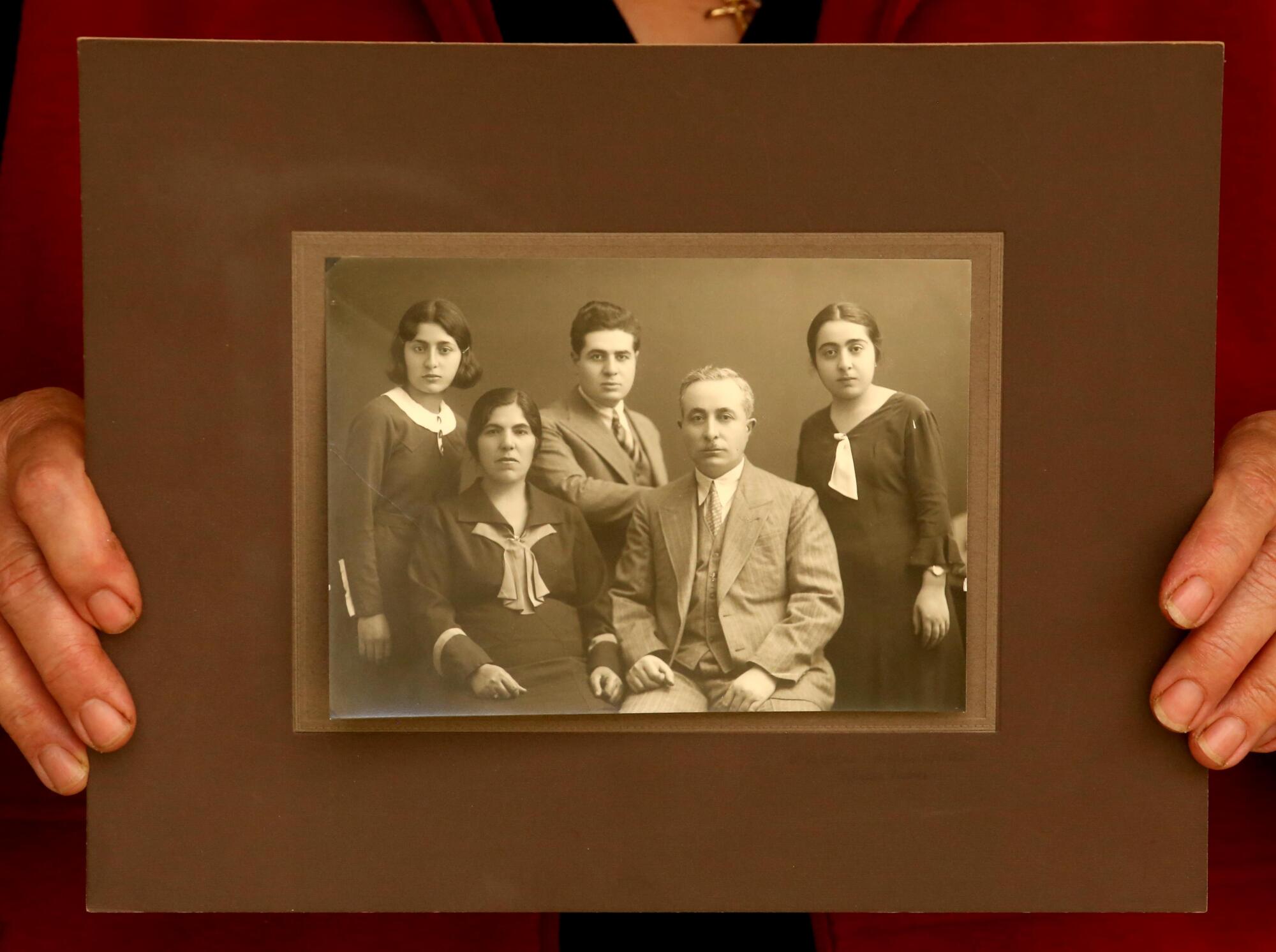
The Armenian connection is written on the landscape of the Central Valley. The winter-gold grapevines on the outskirts of town, trays of raisins recently harvested, were first planted by Armenian settlers in the late 1800s. Holy Trinity Armenian Apostolic Church is still the jewel of downtown, even now, flanked by a flashy car dealership. Across the street, Valley Lahvosh bakery makes Armenian cracker bread shaped like hearts.
Many of the city’s family names end in “i-a-n,” the ancient suffix meaning “son of”. It is the setting of “The Human Comedy” by native son William Saroyan. His novel of ordinary people on the home front during World War II is considered an American antiwar classic.
Fresno became a de facto home front to the 2020 Azerbaijani-Armenian war. At the Armenian school, the eyes of a mother dropping her children off were red and swollen from crying all night. Almost every day there was a “Pastries for Peace” or a kebab sale to raise money for Armenia. As in larger cities, people protested on street corners, fruitlessly demanding the United States intercede. In a country grappling with a momentous election, pandemic and civil unrest, their voices gained little traction.
When Turkish President Recep Tayyip Erdogan backed oil-rich Azerbaijan with advanced weapons, Armenians in Fresno and elsewhere quaked, fearing the end goal was destroying Armenia itself.
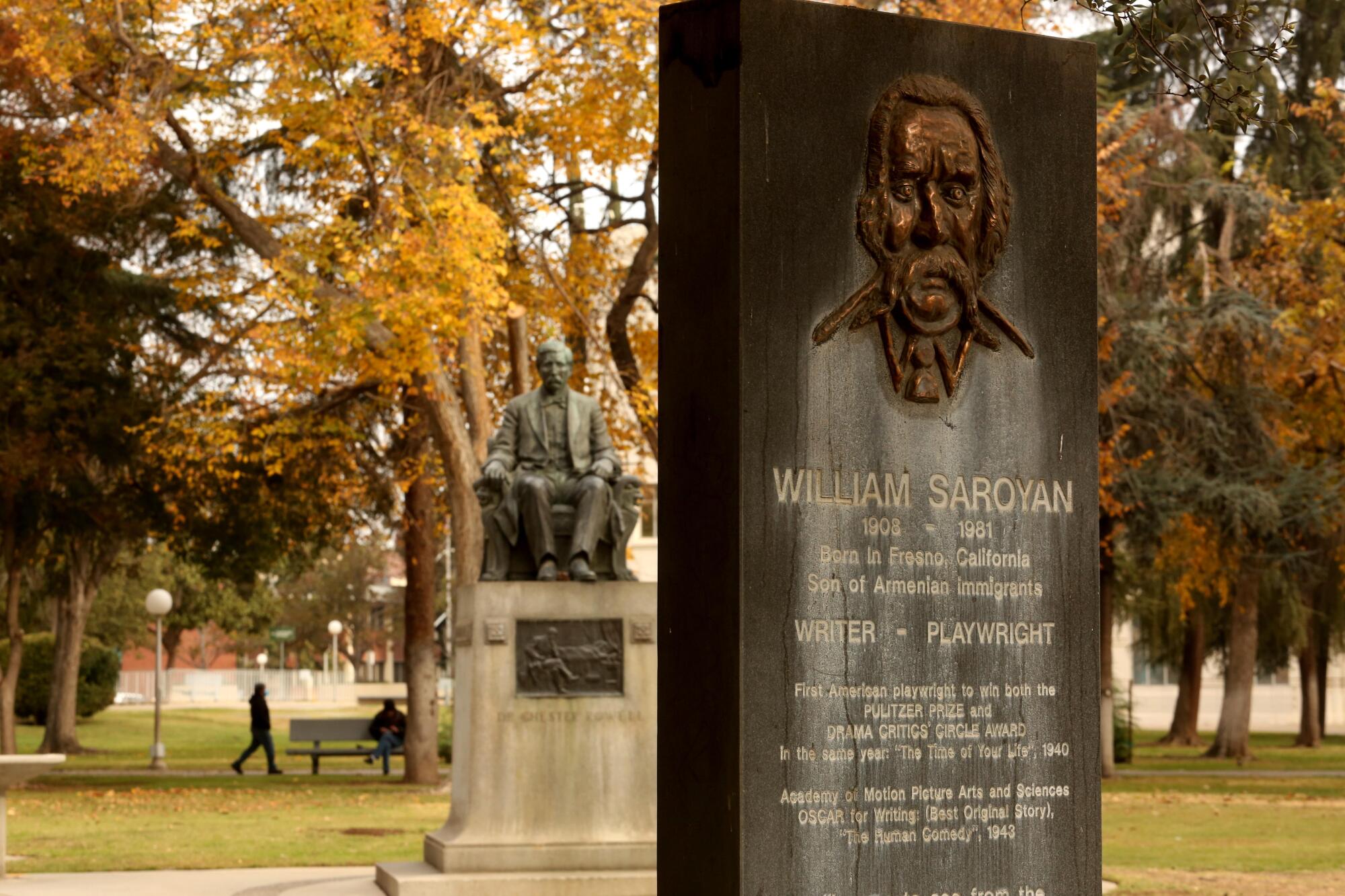
In the evenings, Margossian usually liked to watch her favorite show, “Poldark,” a PBS saga tracing generations of a family through wars. But now she watched real-time Armenian war coverage. They always reported that Armenia was winning, despite the odds and even though Khalatian and Ellison received messages from home telling of terrible losses.
On Nov. 9, the reality was announced. Armenia’s forces were broken and facing certain defeat. The Armenian government accepted a Russia-brokered peace deal returning much of Nagorno-Karabakh to Azerbaijan. Russian soldiers will patrol the area and enforce new borders.
The day Margossian noticed her caregivers crying was when they first saw photos of the Azerbaijani flag flying over Shusha, the hilltop city Armenians call Shushi, and which both Armenians and Azeris treasure.
Khalatian didn’t directly answer when Margossian asked: “Is it the war?”
“Clara-jan,” she said, adding an endearment often used by Armenians. “Your money will help people who need medicine and places to live, even more now.”
Margossian seemed to understand what that meant. Her eyes filled with tears.
“I want to give a message to the Armenian people,” said Margossian, who is deeply religious. “Tell them to keep faith in God and each other.”
Grief spread through the community as Armenians realized the region they call Artsakh, home to their oldest churches and monasteries, was lost. Ellison got word that family members, two young brothers on her father’s side, had been killed 25 minutes before the truce was announced.
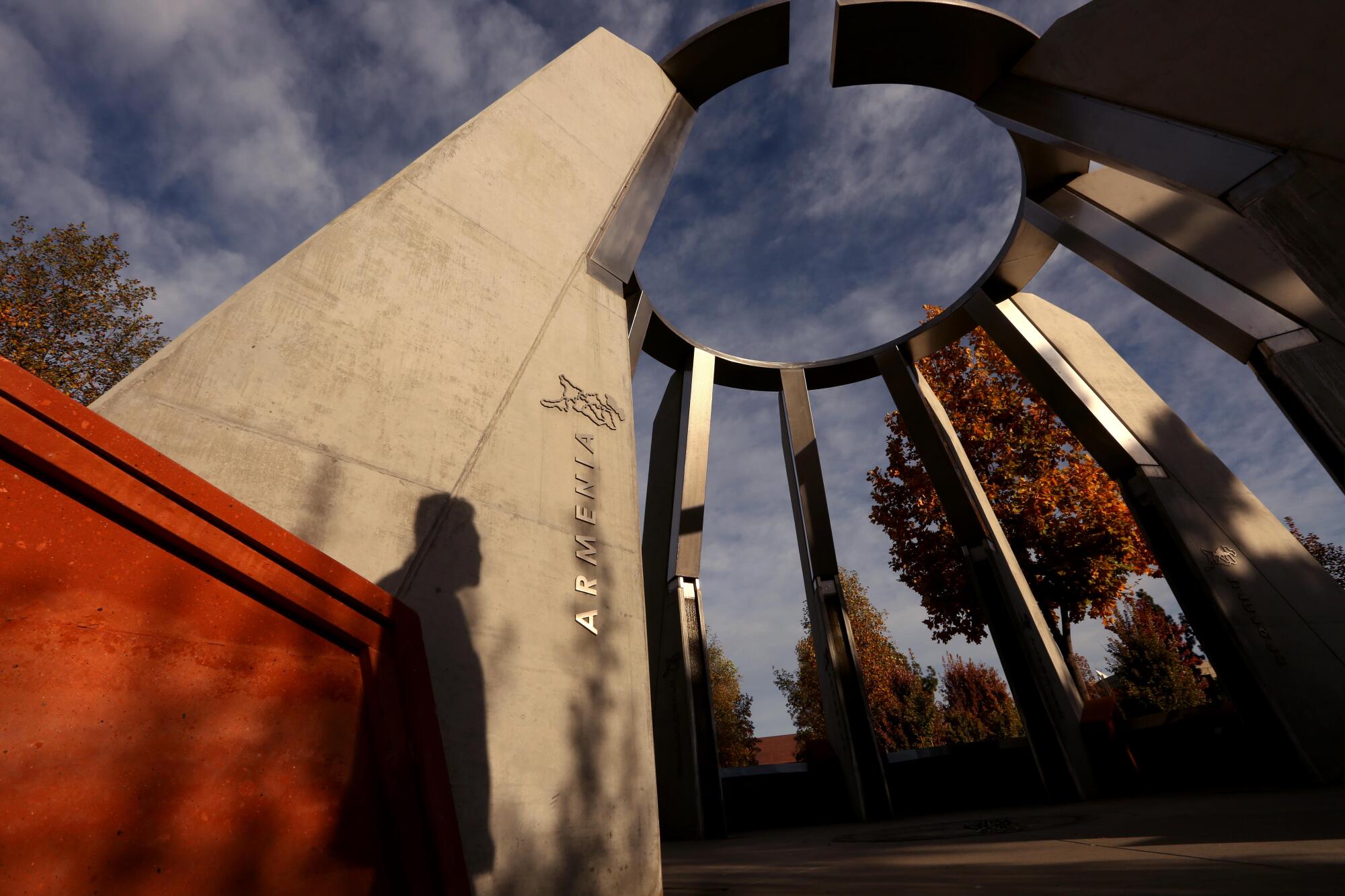
Varoujan Der Simonian, director of the Armenian Museum of Fresno, grew up in Lebanon and has lived in Fresno for 41 years. He asked himself why the loss of this blood-soaked land devastated him and others even more generations removed from Armenia.
“I realized it’s because it’s inside me. It’s part of me,” he said.
In the courtyard of the church downtown, he knelt in front of the eternity circle, an Armenian symbol of infinity that is also carved in countless crosses throughout Nagorno-Karabakh, a place he’s visited many times on agricultural missions.
“I had trouble coming here today,” he said, looking at the symbol’s looping, unbroken lines. “This circle holds the love and creativity of the Armenian people. We will endure and continue to contribute to humanity.”
During the Soviet era, Turkish Azerbaijan and Armenia lived peacefully side by side. But Josef Stalin tried to erase religious and cultural identities by making Nagorno-Karabakh, an Armenian cultural touchstone, part of Azerbaijan.
When the Soviet Union broke up, both countries became independent. Nagorno-Karabakh, with its large Armenian population, tried to break away from Azerbaijan. Armenia invaded the disputed territory it considers a homeland but is internationally recognized as Azerbaijan, and drove 600,000 ethnic Turks from their homes.
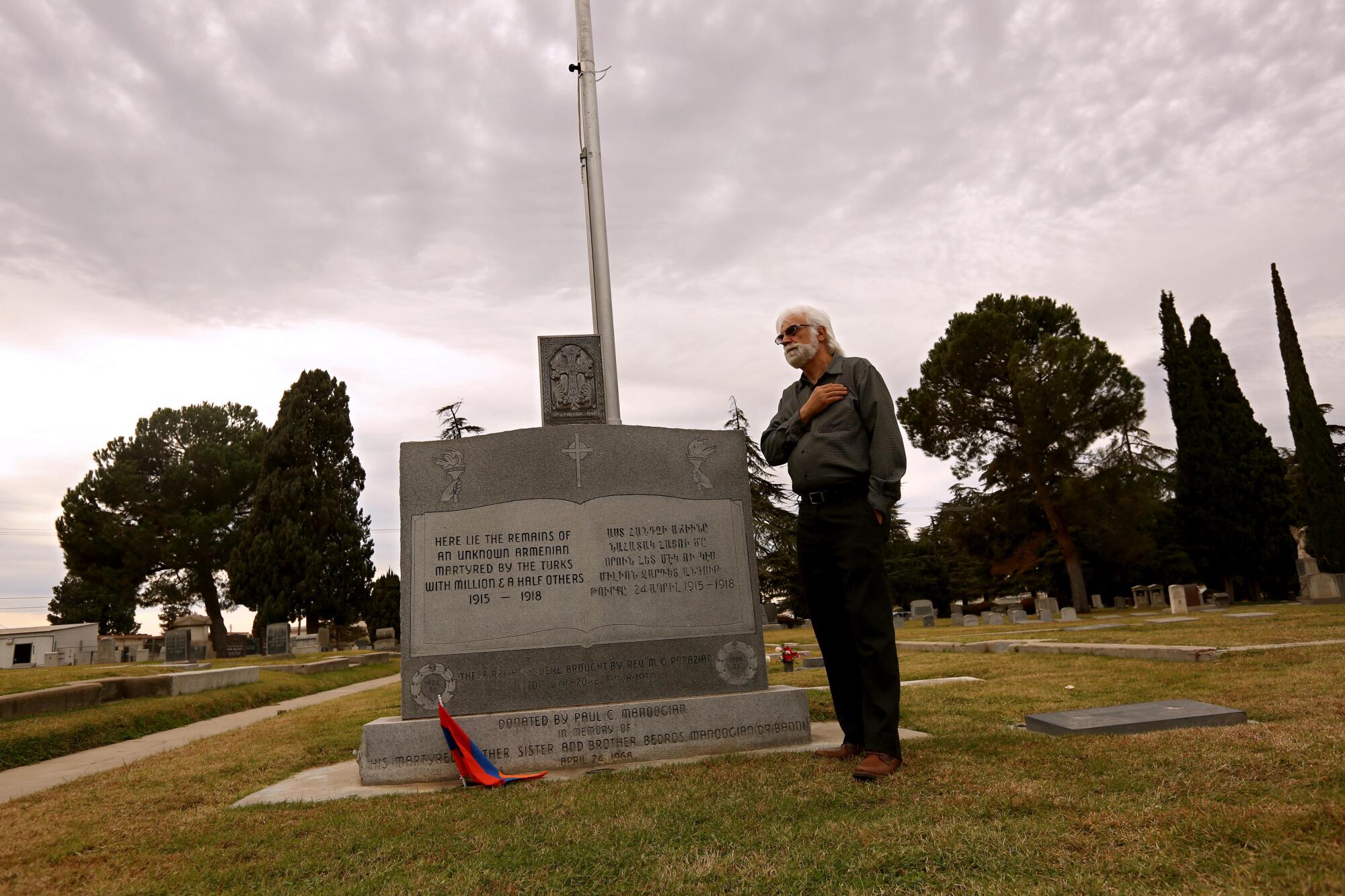
The war ended in 1994, with 20,000 dead and Azerbaijanis vowing to someday reclaim what they consider their land. The Armenian commander in that war was Monte Melkonian, an Armenian American who grew up playing Little League baseball in the Central Valley.
According to Russian President Vladimir Putin, 5,000 were killed in this war. Many of the dead were civilians. Refugees are flooding into Yerevan, the capital of Armenia, even as a pandemic continues to kill. The power in a volatile region has tilted to Turkey and Russia.
At Margossian’s house, she watched on video as people in Armenia rioted over their country’s surrender and Armenians fled Nagorno-Karabakh, some of them burning their houses behind them.
Margossian asked if people were glad the war had ended. Khalatian reached for Margossian’s hand and gave it a comforting squeeze.
“I think the people whose children will make it home alive, on both sides,” she said, “are happy that it’s over.”
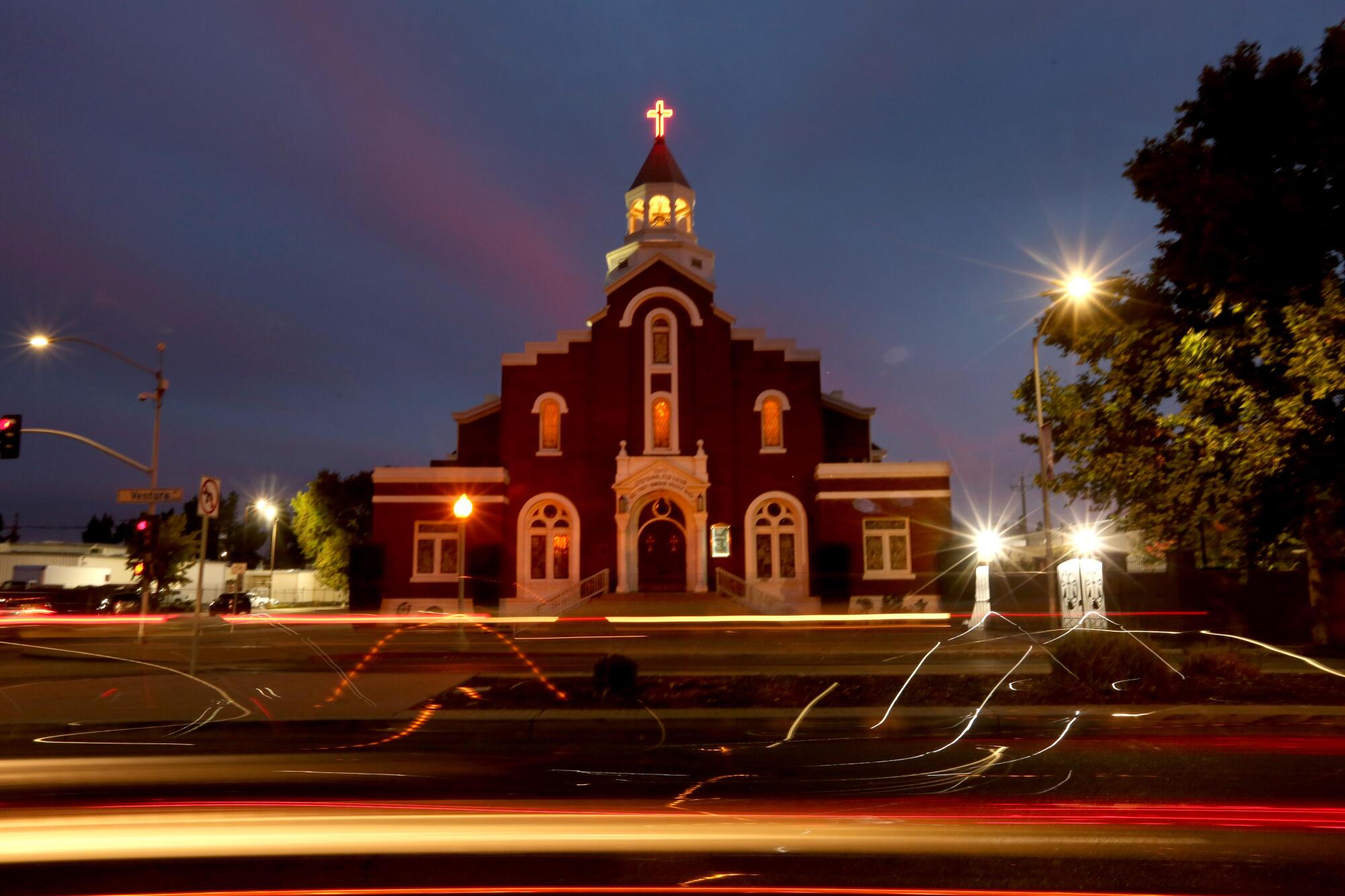
More to Read
Sign up for Essential California
The most important California stories and recommendations in your inbox every morning.
You may occasionally receive promotional content from the Los Angeles Times.
